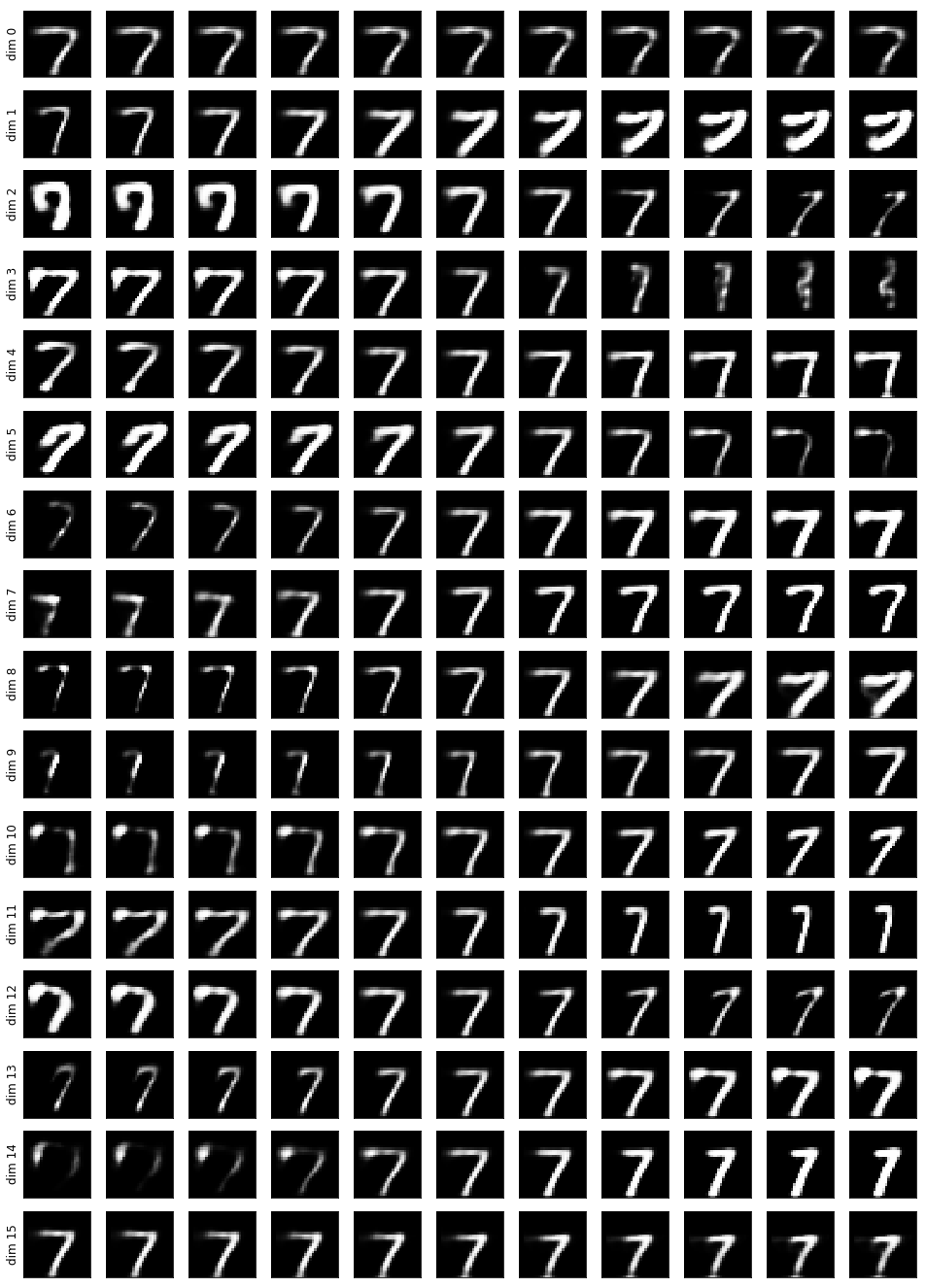adambielski / Capsnet Pytorch
Programming Languages
Projects that are alternatives of or similar to Capsnet Pytorch
Dynamic Routing Between Capsules - PyTorch implementation
PyTorch implementation of NIPS 2017 paper Dynamic Routing Between Capsules from Sara Sabour, Nicholas Frosst and Geoffrey E. Hinton.
The hyperparameters and data augmentation strategy strictly follow the paper.
Requirements
Only PyTorch with torchvision is required (tested on pytorch 0.2.0 and 0.3.0). Jupyter and matplotlib is required to run the notebook with visualizations.
Usage
Train the model by running
python net.py
Optional arguments and default values:
--batch-size N input batch size for training (default: 128)
--test-batch-size N input batch size for testing (default: 1000)
--epochs N number of epochs to train (default: 250)
--lr LR learning rate (default: 0.001)
--no-cuda disables CUDA training
--seed S random seed (default: 1)
--log-interval N how many batches to wait before logging training
status (default: 10)
--routing_iterations number of iterations for routing algorithm (default: 3)
--with_reconstruction should reconstruction layers be used
MNIST dataset will be downloaded automatically.
Results
The network trained with reconstruction and 3 routing iterations on MNIST dataset achieves 99.65% accuracy on test set. The test loss is still slightly decreasing, so the accuracy could probably be improved with more training and more careful learning rate schedule.
Visualizations
We can create visualizations of digit reconstructions from DigitCaps (e.g. Figure 3 in the paper)
We can also visualize what each dimension of digit capsule represents (Section 5.1, Figure 4 in the paper).
Below, each row shows the reconstruction when one of the 16 dimensions in the DigitCaps representation is tweaked by intervals of 0.05 in the range [−0.25, 0.25].
We can see what individual dimensions represent for digit 7, e.g. dim6 - stroke thickness, dim11 - digit width, dim 15 - vertical shift.
Visualization examples are provided in a jupyter notebook


